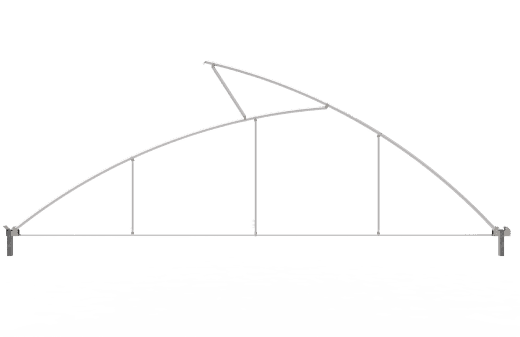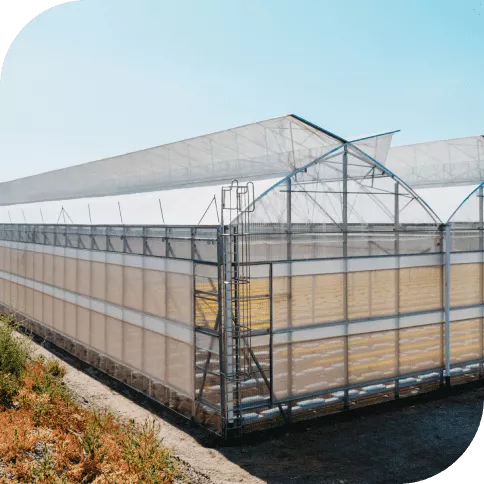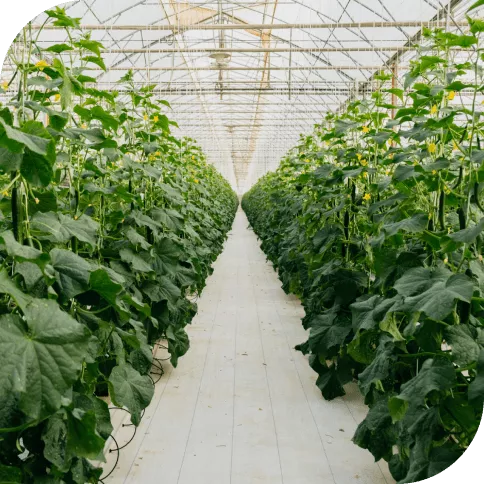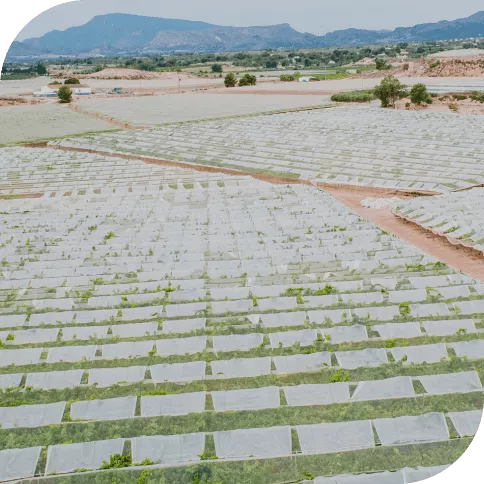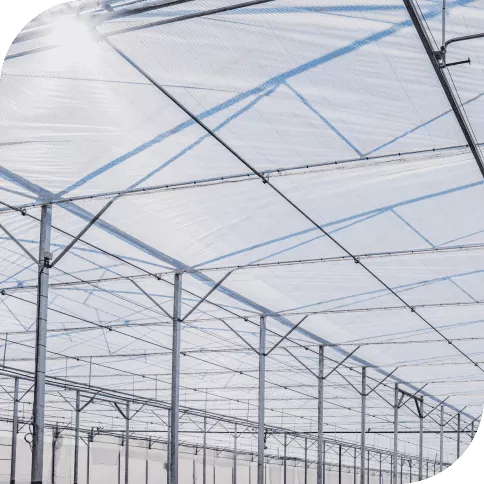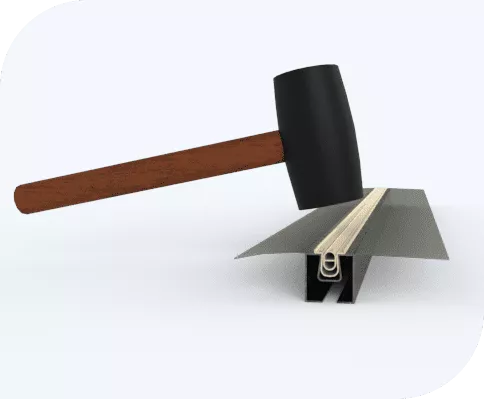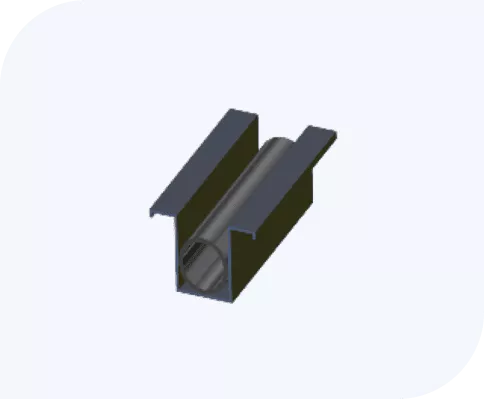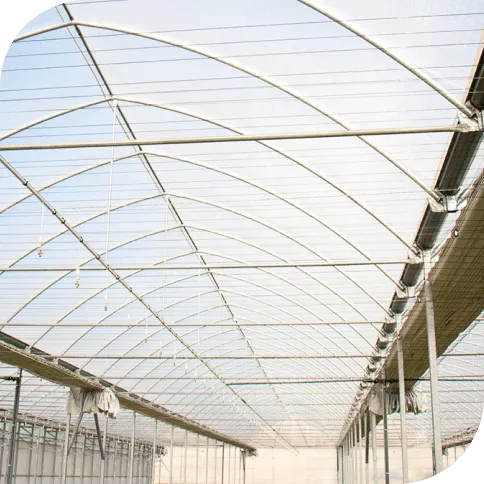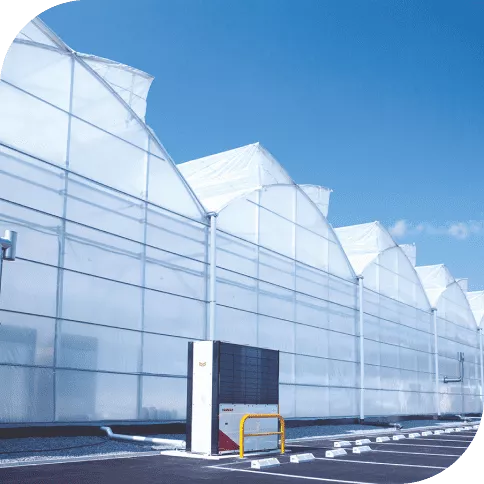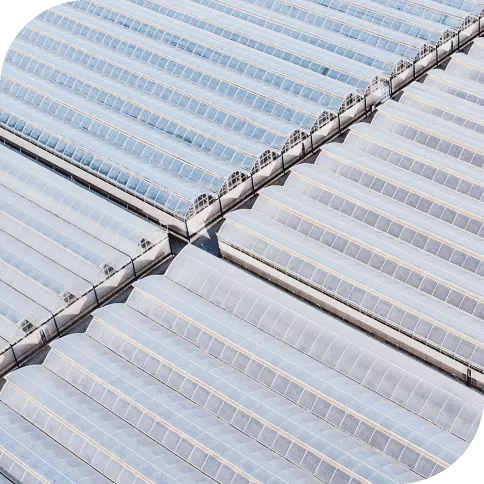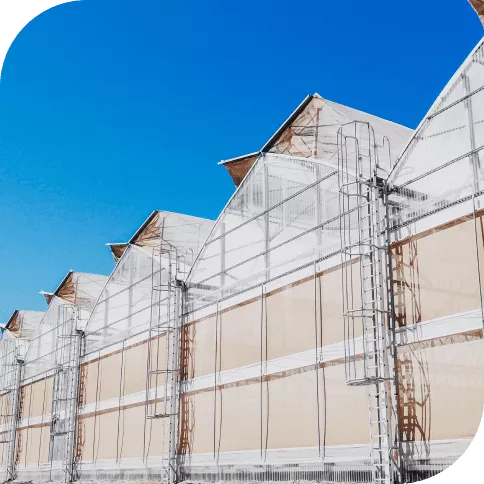The greenhouse structure must withstand the weather conditions and the equipment to be installed inside. Therefore, the design phase is very important to get the right structure for your needs.
Regardless of the type of greenhouse, the structure must always be:
Greenhouse arches
The arch is the part of the greenhouse structure on which the roofing material rests. It is only installed in multi-tunnel greenhouses (all other greenhouses have a flat roof structure).
Types of greenhouse arches
Greenhouse netting
Greenhouse nets are usually enclosing nets. There are greenhouses covered with this material (shade netting type) or as a secondary material (anti-insect netting) which acts as a fixed enclosure.
Greenhouse profiles
The main function of the greenhouse profiles is to fix the enclosure (plastic, mesh or polycarbonate) and to reinforce the structure.
Types of greenhouse profiles
Depending on the type of greenhouse, a set of profiles or other fastening materials is used.
Ridge line
Profile ‘H’
Sideline
Profile ‘H’
End line zenithal window
Profile ‘H’
Sideline
Square profile
Support line zenithal window
Profile ‘H’
Sideline
Profile ‘H’
Line in channel
Profile ‘C’
Sideline
Square profile
Characteristics of greenhouse profiles
The dimensions of the profiles are standard, but vary according to the conditions of the greenhouse project.
Plastics for greenhouses
The most commonly used material for greenhouse enclosures is plastic. It protects the crops from climate variations and maintains an ideal temperature for their growth. There are different plastic materials for greenhouses depending on the needs and characteristics of the farm. For example, 3-year thermal plastic (widely used in greenhouses) has the following characteristics:
Types of greenhouse profiles
Depending on the type of greenhouse, a set of profiles or other fastening materials is used.
There are different plastic materials for greenhouses depending on the needs and characteristics of the farm. For example, 3-year thermal plastic (widely used in greenhouses) has the following characteristics:
LDPE film manufactured in three-layer (co-extrusion) in translucent white:
- > Outer layer: resistant and non-stick. It has additives against UV radiation.
- > Middle layer: high EVA content for thermicity.
- > Inner layer: light diffusing and pesticide resistant co-stabilisers

Main types of plastics used in greenhouses
The dimensions of the profiles are standard, but vary according to the conditions of the greenhouse project.
Characteristics of different types of greenhouse plastics
| Transp. light (%) | Transp. IR (%) | Transm. Hot (W/m2°C) | Density (g/cm3) | Anti-drip | Anti-dust | |
|---|---|---|---|---|---|---|
| PEBD | 90 | 62-65 | 8-9 | 0,91-0,93 | NO | YES |
| PEAD | 90 | 62-65 | 8-9 | 0,96 | NO | YES |
| EVA | 90 | 11 | 6-7 | 0,92-0,93 | NO | NO |
| PVC | 90 | 20-30 | 7-8 | 1,16-1,5 | YES | NO |
| PC | 75-83 | 0 | 4-4,8 | 1,2 | YES | YES |
The greenhouse structure is manufactured with the materials that best suit your needs.
The most commonly used material for greenhouse enclosures is plastic. It protects the crops from climate variations and maintains an ideal temperature for their growth. There are different plastic materials for greenhouses depending on the needs and characteristics of the farm. For example, 3-year thermal plastic (widely used in greenhouses) has the following characteristics:
Materials according to their use in greenhouse structures
Pillars, supports and reinforcements
Wood, galvanised steel, iron and aluminium
Belts and beams
Galvanised steel, iron and aluminium
Arcos
Galvanised steel or aluminium
Foundation supports or bases
Concrete
Fastening of the cover
Galvanised wire or galvanised steel or aluminium profiles
Channels
Galvanised steel or aluminium
Grid
Galvanised steel or aluminium and galvanised wire
Materials used in the greenhouse roof
Plastic films
Of polyethylene, ethylene vinyl acetate copolymer and polyvinyl chloride and multilayer plastics
Rigid plastics
Of polymethyl methacrylate, polycarbonate and polyester
Glass
Printed glass
The most important properties defining the cover are:
- > The transmission of solar radiation
- > Transparency to infrared or thermal radiation
- > The heat transmission of the materials of which it is composed
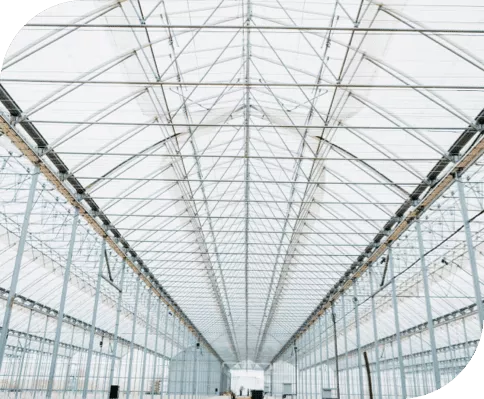
Greenhouse safety
Under handrails, leave the above and under security, put this:
Novagric develops approved safety systems to prevent the risk of accidents in high-rise greenhouses.
Temporary edge protection systems such as B-SAFE or lifelines guarantee:
- Adequate integration in the greenhouse
- Easy installation and maintenance
- Prevents people and materials from falling from different levels
- Resistant to static and dynamic loads
- Efficient and economical design
- Certified by the TECNALIA technology centre.
- Complies with the edge protection regulations according to RD 1627/97: annex 4, part C.
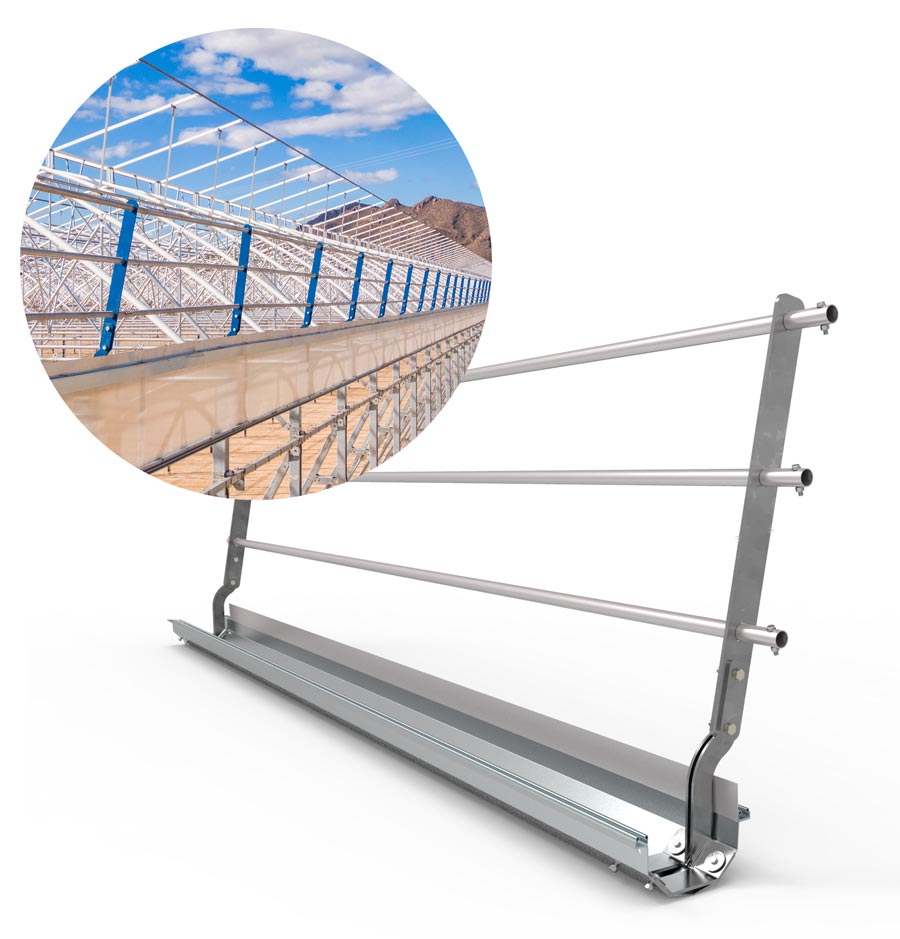
How can we help you?
Please complete the form below and we will contact you to find a solution adapted to your needs.
BASIC INFORMATION ON DATA PROTECTION: Data Controller: Novedades Agrícolas S.A. informs you that, in accordance with the European regulation on data protection 2016/679 of the European Parliament and of the Council of 27 April 2016 on the protection of personal data (RGPD), the controller of the personal data you provide is Novedades Agrícolas S.A. Purpose: The purpose of processing the personal data we request is to respond to your requests and provide you with our services. Advertising: We will only send you advertising with your prior authorization, which you can provide us with by means of the corresponding confirmation, established for this purpose, in this form. Legitimation: We will only process your data with your prior consent, which you can provide us with by means of the corresponding confirmation box established for this purpose. Addressees: In general, only duly authorized personnel of our entity may have knowledge of the requested information. Rights: You may exercise your rights of access, rectification, limitation or elimination of such data through [email protected]. Additional information: You can consult additional and detailed information on Data Protection in our privacy policy.



